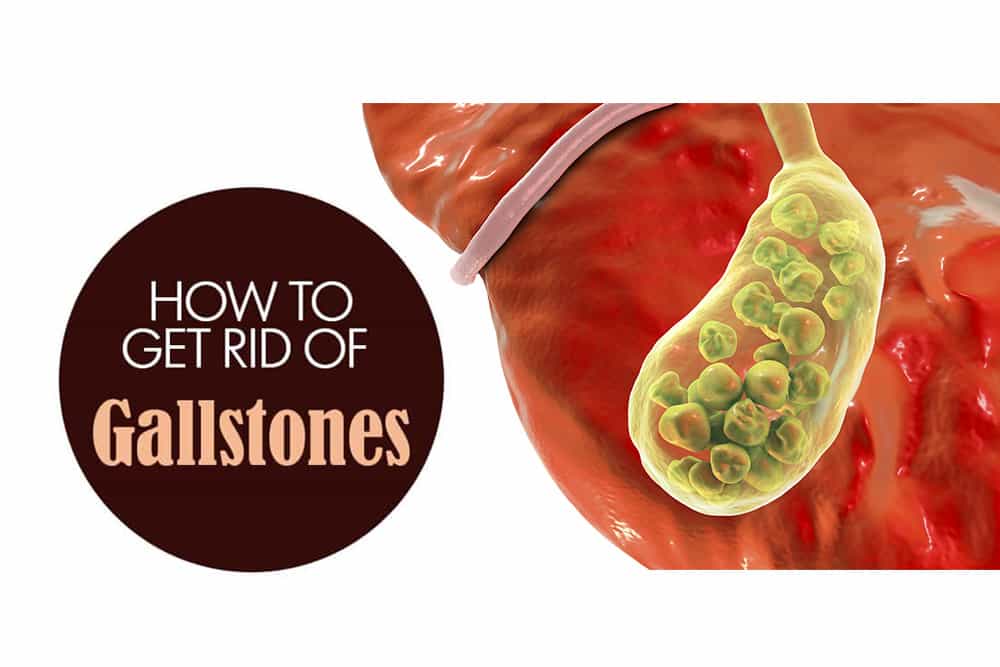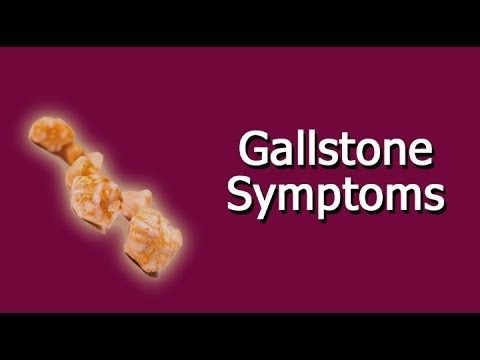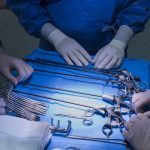Women are twice as likely as men to develop gallstones, especially in ladies who have had children. The main reason is the female hormone, oestrogen. Excess oestrogen from pregnancy, hormone replacement therapy, and birth control pills can potentially increase cholesterol levels in bile and decrease gallbladder movement, which then lead to gallstones.
There are four main risk factors of gallstones (“4 F”): Fat, Female, Fertile and Forty. For this reason, patients who are obese and females, especially those who have had children, those who are forty or older also have an increased risk of gallstones.
Several other factors increase the risk for gallbladder disease:
- Gender. Women between the ages of 20 and 40 are twice as likely to get gallstones than men are. Estrogen, the female sex hormone, increases the amount of cholesterol in the bile. Extra estrogen from birth control pills or hormone replacement therapy may further increase bile’s cholesterol content.
- Pregnancy. Estrogen levels increase during pregnancy. The risk may increase with the number of pregnancies, since women who have been pregnant several times are at especially high risk for gallstones.
- Obesity. Being overweight tends to reduce the amount of bile salts in bile, so that less cholesterol can stay dissolved. Obesity also slows the rate at which the gallbladder empties. Some studies suggest that being even moderately overweight can increase the risk of gallstones.
- Rapid weight loss. “Crash diets” and fasting make the body burn, or metabolize, fat very rapidly. The liver reacts by releasing extra cholesterol into the bile. Fasting slows gallbladder emptying, since no food is present in the small intestine to signal the need for bile.
- Age. Although gallstones occur in younger people, especially women, most cases are diagnosed in people over age 60.
- Taking cholesterol-lowering drugs. Drugs that lower blood cholesterol may increase the amount of cholesterol passed out of the body in the bile.
Gallstones may cause no signs or symptoms. If a gallstone lodges in a duct and causes a blockage, the resulting signs and symptoms may include:
- Sudden and rapidly intensifying pain in the upper right portion of your abdomen
- Sudden and rapidly intensifying pain in the center of your abdomen, just below your breastbone
- Back pain between your shoulder blades
- Pain in your right shoulder
- Nausea or vomiting
Accurate diagnosis is very important because gallstone symptoms are similar to those of several serious diseases.
They include heart attacks, ulcers, appendicitis, pancreatitis, hiatal hernia, and hepatitis.
Doctors may suspect gallstones based on a person’s symptoms, especially in someone who is at high risk for gallbladder disease. A simple physical examination in the doctor’s office may also suggest gallbladder disease. The doctor, for instance, usually presses gently with his fingers just below the ribs on the right side of the chest. That area often is tender in people with gallbladder disease. Blood tests also can show signs of obstructed ducts.
Two tests can diagnose most cases of gallbladder disease with great accuracy, an abdominal ultrasound and/or abdominal/cholangio-MR.
Some patients with gallstones have no symptoms, and may require no treatment. For individuals who are having symptoms, surgery to remove the gallbladder is the most common treatment.
Surgery for gallstone disease is called cholecystectomy. During this procedure, the surgeon removes the gallbladder and the stones inside it. Surgery is a cure for gallbladder disease.
People can live normally without a gallbladder and do not need a change in diet or a special diet. When the gallbladder is removed, the liver continues to make bile. Instead of being stored in the gallbladder, however, the bile flows directly into the small intestine.
There are two ways of removing a diseased gallbladder:
- Laparoscopic surgery (a newer surgical procedure)
- Open surgery (traditional surgery)
What is laparoscopic surgery cholecystectomy?
Laparoscopic surgery, also sometimes known as keyhole surgery, is a minimally invasive technique that uses a tool known as a laparoscope to visualize and perform medical procedures. A laparoscope is a long, fine cable which has a high-resolution camera and high-intensity light at the end. As the cable passes through the body, the camera sends images to an external video monitor. This allows the surgeon to see what is happening internally without needing to make a large incision and open up the patient. Nowadays is the standard, or most commonly used, surgery. About 95% of gallbladder surgery is done in this way. It is called “minimally invasive” because the incisions are very small. Patients thus have less pain after surgery, shorter hospital stays, and can resume normal activities sooner. Scars from a laparoscopic cholecystectomy are barely visible.
- Surgery is done with a general anesthetic. In the operation, the surgeon makes several small incisions in the abdomen. The holes are used to insert instruments to perform the surgery.
- One incision is used to insert the laparoscope, a pencil-thin device that contains a miniature video camera, power light, and channels for inserting mini-surgical instruments. The camera sends a magnified image to a television monitor, giving the surgeon a clear view of internal organs.
- The surgeon watches the monitor image while locating the gallbladder, separating it from the liver, ducts, and other nearby structures. Then he uses mini-scissors, clamps, and other tools to detach the gallbladder from the liver and its other attachments. The gallbladder is removed from the body through one of the incisions.
- Patients receive pain medicine after awakening from the anesthetic. Pain, however, is not severe. Patients usually stay in the hospital only one/two nights. They can start eating a normal diet the day after surgery. Most can resume normal daily activities 3 to 5 days after surgery.
What is open surgery cholecystectomy?
A traditional cholecystectomy is called “open” surgery because the surgeon removes the gallbladder through a 5-inch to 8-inch incision in the abdomen just below the ribs. Open surgery is done in only about 5% of cholecystectomies














